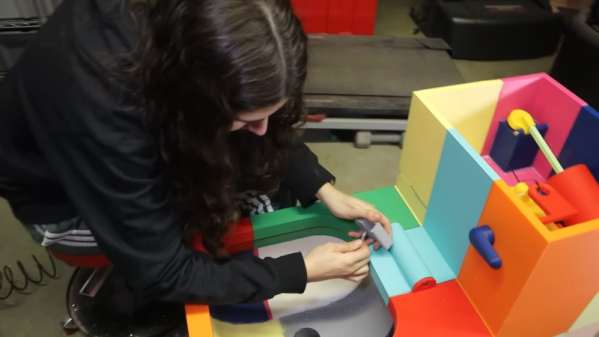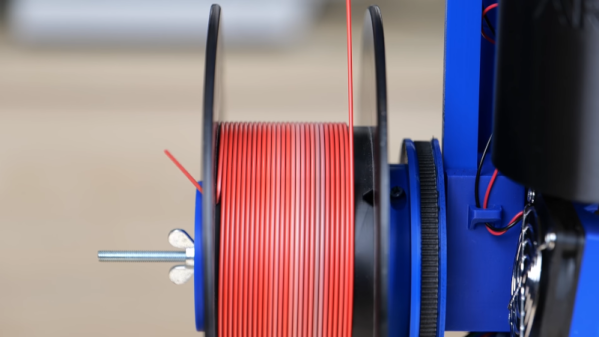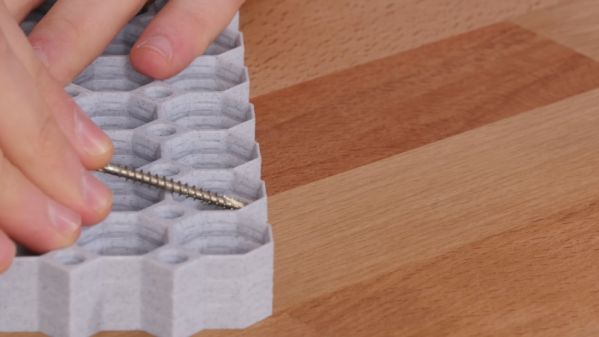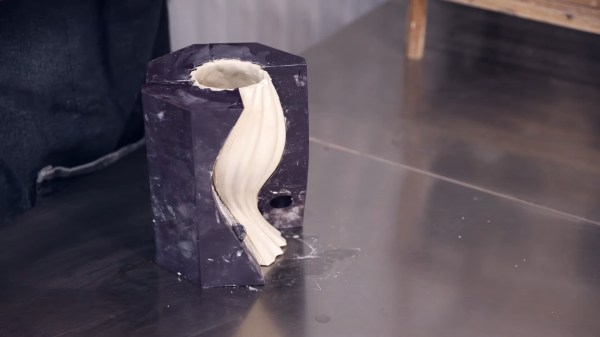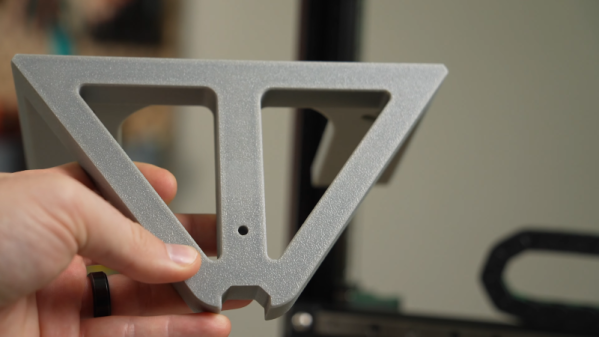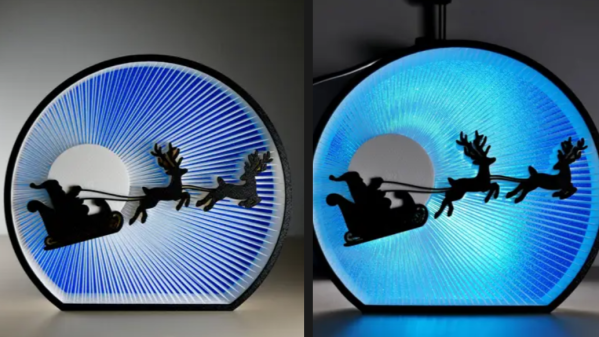[Emily The Engineer] wanted a 3D printing project, so naturally, she decided to print a working toilet. Check out the colorful contraption in the video below. At the start, we thought making it watertight might be a bit difficult, which proved to be a problem. However, some careful work with sealing and soldering irons did allow her to make a working flushable toilet.
Mercifully, we don’t get to see the device in actual use, and, as far as we can tell, she never actually connected it to the plumbing in her home. But it did fill from a garden hose, shut itself off, and flush 3D printer waste, toilet paper, and other material out of its drain. It doesn’t appear that the designs have been made public, but since something of this size would likely take hundreds of print hours to complete, we aren’t sure anyone would really want to do this anyway.
However, some of the techniques might come in handy if you are working on something that has to handle water. If you do replicate this for actual use, consider that many 3D printed plastics aren’t considered food-safe because you can’t adequately clean the little ridges from the layer lines. If you were really using this for its intended purpose, cleaning would be a high priority.
Towards the end, the over-engineering bug hit, and you get to see an add-on bidet, armrests, and even mobile casters. A fun project, even if a bit impractical. As an art installation, though, we’ve definitely seen worse.
A mobile toilet is a unique idea, right? Um — maybe not. If [Emily] does a second version, we’d suggest making the TP roll holder heated.

